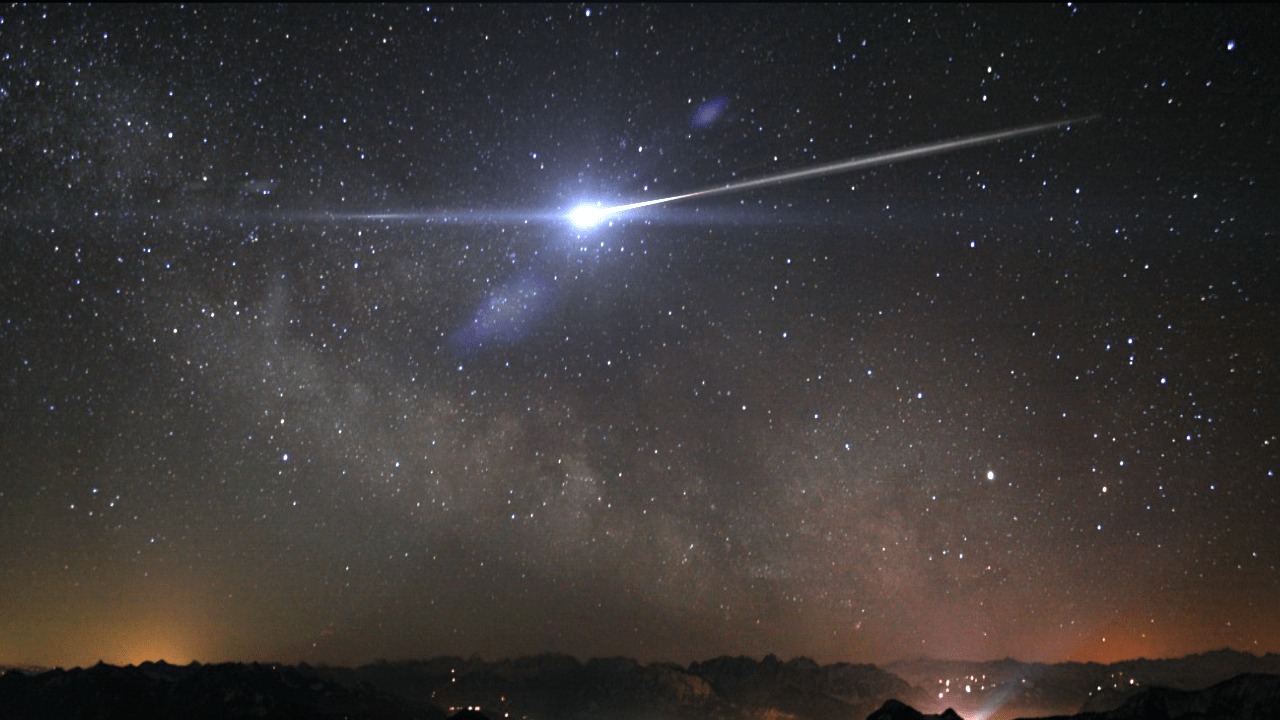When a meteoroid enters the Earth’s atmosphere at a very high speed it heats up. This heating up produces a streak of light and is termed a meteor. When a meteor is bright enough, about the brightness of Venus or brighter, it becomes a fireball. Sometimes these fireballs explode in the atmosphere, becoming bolides. These bolides are bright enough to be seen even during the day.
Studying bolides as they pass through the atmosphere can help model larger asteroids, something of interest to the Planetary Defense Coordination Office (PDCO) which is run by NASA. These asteroids can be deadly if they are large enough, and learning how to predict their behavior is essential to protecting our planet from a devastating impact with long-term implications for the survival of many species on Earth.
Continue reading “Space Force is Releasing Decades of Tracking Data on a Thousand Bright Meteor Fireballs”

